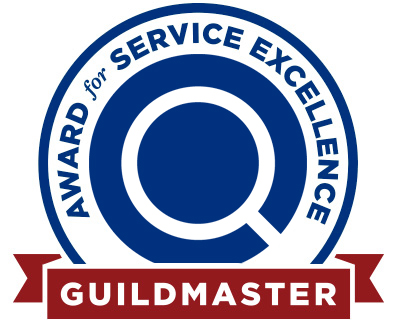I was humbly honored to participate on a panel of industry experts in Universal Design at the NARI membership dinner back in May, 2015. Josh Safdie, Assoc. AIA, of Kessler, McGuinness & Assoc., kicked off the event with an intro to Universal Design concepts and stressed the important need to create functional living spaces to “age in place” as the global population is aging at a rate of 30,000 people per day turning 65 years old.
Lisa Bonneville, published author and FASID, NCIDQ of Bonneville Design, discussed the importance of performing a cost comparison of “aging in place” vs moving to an assisted living facility. She went on to discuss how the average cost of an assisted living facility is about $7,500 per month depending on one’s needs. This ends up being $90,000 per year. It’s obvious that one’s life’s savings would be extinguished at a faster rate than investing $100,00 to $200,000 up front to modify an existing home by adding a home elevator or handicap accessible master bedroom suite and staying in the home and neighborhood that one has grown accustom to and perhaps raised a family in.
I then chimed in with tips for architects and homeowners when designing a new home:
- Include stackable (5ft x 5ft) closets in the design that can be easily converted into a home elevator.
- If incorporating a home elevator in the initial design, it is important to have the elevator company involved and consulted in the planning phases. This will avoid costly change orders for incorrect pit/shaftway/overhead dimensions.
- Avoid multiple levels within a level (i.e. step downs and “sunk in” rooms) to ensure that a future home elevator can serve each level of the home.
- Design a home with straight staircases whenever possible. Curved staircases, staircases with a mid-landing or turn will triple the cost of a stair lift.
- Consider an outdoor wheelchair lift as an alternative to a ramp as it takes up less space and is easier to keep free of snow and ice during the winter months.
More importantly, I emphasized the need for newer technology allowed in Massachusetts in regards to home elevators. More often than not, it is nearly impossible to retrofit a Massachusetts code compliant, traditional-style, home elevator without disrupting the integrity and design of an existing home or without “breaking the bank.” Until the concept of Universal Design is fully adapted, there is an immense need for safe and viable home elevator products that have a smaller footprint, do not require a pit and can serve every level of the home. These products do exist; however, the Commonwealth of Massachusetts is hindering the acceptance of such products. This needs to change. With the vast changing demographics and near extinction of single level homes in Massachusetts, we are advancing toward an epidemic of overcrowded assisted living facilities and increased need to keep our aging population in their homes as long as possible.







